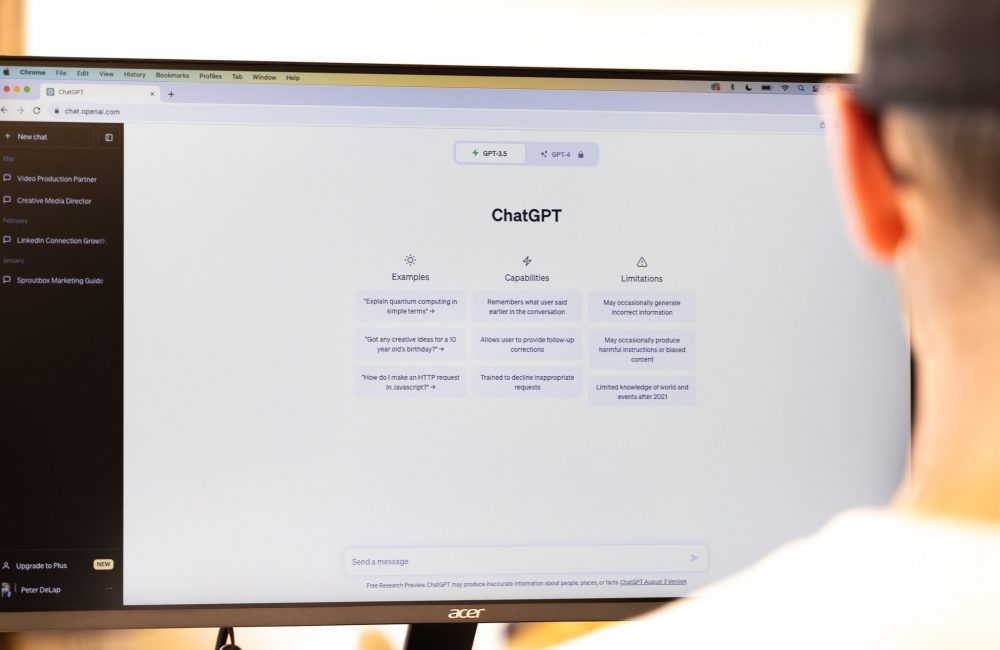You know that scene in The Office where Michael drives his car into a *bleeping* lake? Yep, that’s the one.
Michael’s trusty GPS tells him to turn right, and Dwight insists it means following the road as it curves around the lake. But Michael, ever the literalist, takes a sharp right onto a boat ramp, plunging the car into the water and shouting the now-famous line:
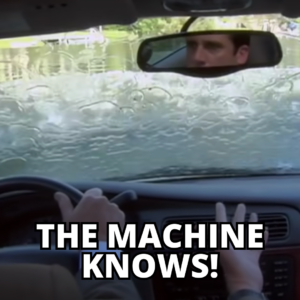
I can’t help but picture this scene when I hear some of the ways people envision using ChatGPT in their content marketing efforts. Blogs? Email campaigns? Copy for social media posts? Just let ChatGPT do its thing, copy, paste, and voila! Done. After all, the machine knows, right?
This is the Michael Scott approach, and trust me, it doesn’t work. In all the recent excitement about AI, it’s easy to forget that ChatGPT, like Michael’s GPS, is a tool. And all tools require some skill and know-how to use effectively.
So if you’re thinking about integrating AI into your content marketing work, don’t be a Michael. Be a Dwight, and bring some common sense and good judgment to the party. To help you get started, here are three do’s and three don’ts for copywriting with ChatGPT.
The do’s of copywriting with ChatGPT
1. Do use it for brainstorming and outlining
This is where ChatGPT really shines. Nothing turns a writer’s brain to mush quite like staring at a blank page. As long as you have a clear topic in mind, ChatGPT can get you from zero to a workable outline in no time at all.
But it’s not quite as simple as typing, “Create an outline for a blog post on [your topic].” To get good results from ChatGPT, you need to give it good prompts. The more specific and targeted the information you give ChatGPT, the more useful its responses will be.
Let’s say you need to write a blog post about the benefits of organic dog food. You could give ChatGPT information about the blog’s desired tone, format, and word count, as well as notes about your target audience and what action you want them to take as a result of reading the blog. Here’s what that prompt could look like:
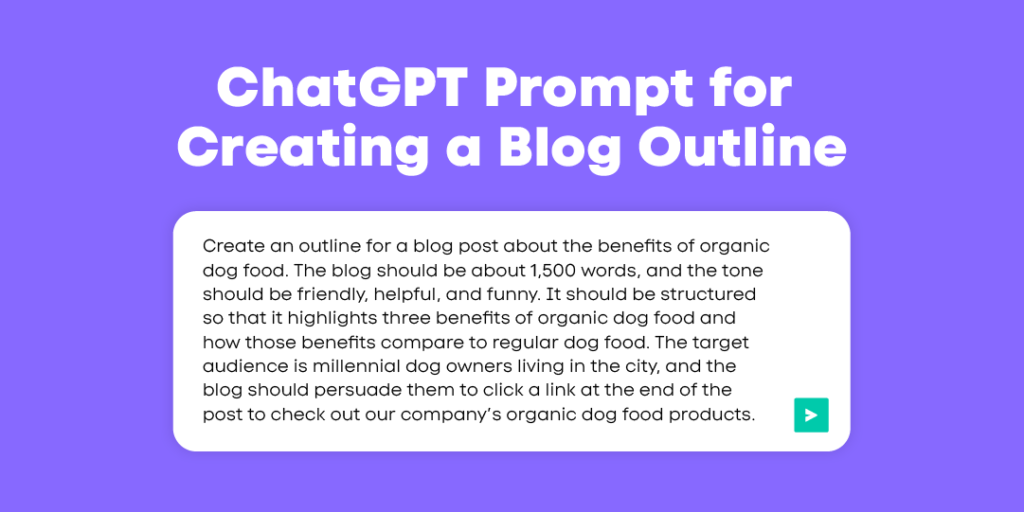
Now we’re talking! With a well-designed prompt like this, you get a much more unique outline that you can continue to refine with further prompting.
2. Do use it to write effective email subject lines
The sky is blue, water is wet, and email subject lines suck. All just simple facts of life. But we can do something about that last one! Instead of smacking your head against your keyboard trying to think of that perfect subject line to get people to open your email, giving ChatGPT a simple prompt and some follow-up questions can make this process much less painful.
Here’s an example:
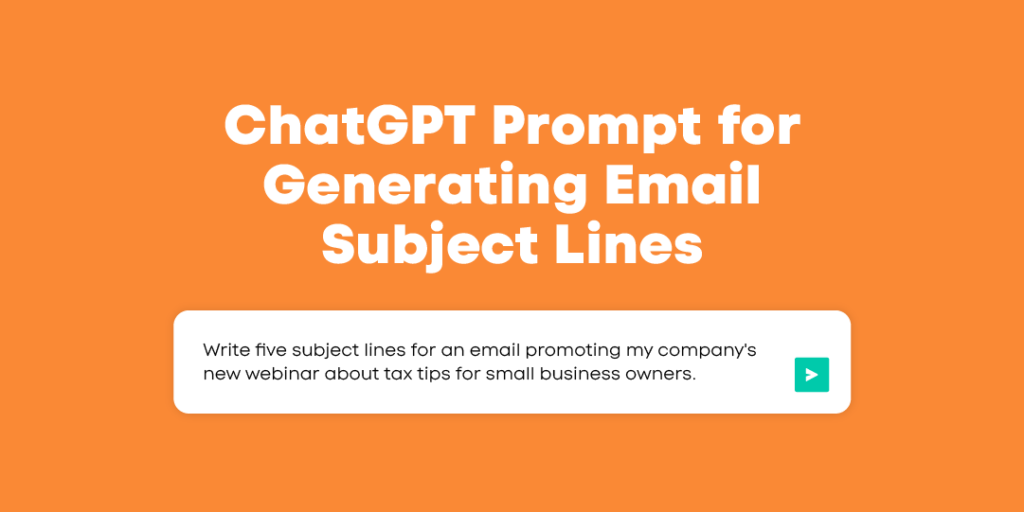
Don’t like the tone of the responses ChatGPT gave you? Follow up with, “Can you make them sound more casual and less salesy?” This is such a quick and easy way to generate a great subject line that will make people actually want to open your email.
3. Do use it to edit and refine your message.
The number one goal for anything you write should be clarity. If your content isn’t easily understood, then it’s useless — both to your audience and to the business goals you want your content to achieve.
While having a team member or some other human editor review your writing is still essential, ChatGPT can serve as a great set of eyes when you’re trying to work out the kinks in your first draft.
I recently wrote a blog post for a client that covered a fairly complex financial topic. I wanted to make sure my main point wasn’t getting lost in the weeds, so here’s what I asked ChatGPT:
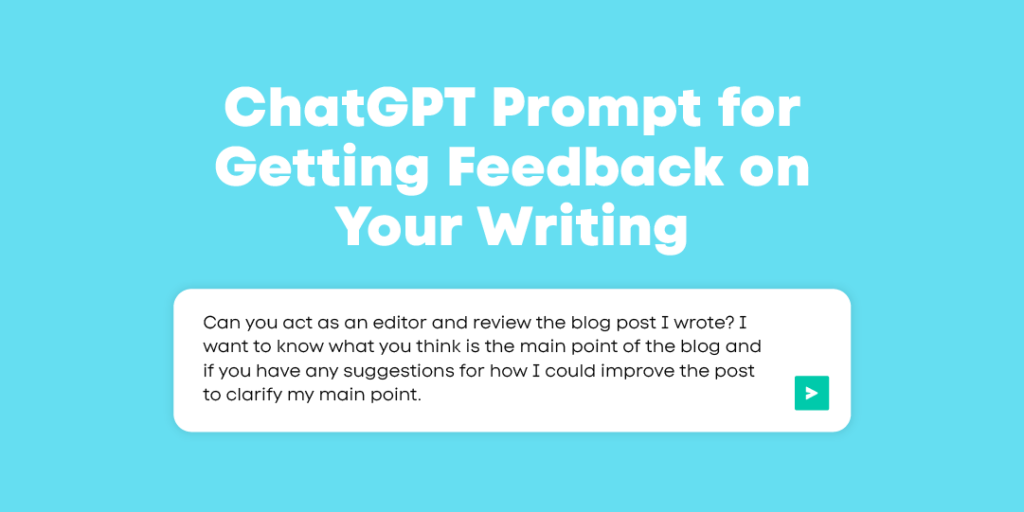
ChatGPT said, “Of course! I’d be happy to review your blog post!” (Alright, take it easy there, eager beaver.) So I pasted my entire blog into the chat window, and within seconds ChatGPT told me what it thought my main point was, suggested ways I could make my main point clearer, and even rewrote my introduction to make my main point stand out more.
Now, did I just take what ChatGPT wrote and slap it onto my draft? No way. But it gave me great insight into how effectively I communicated my message and highlighted some rough spots that needed further polishing.
4. Bonus tip! Do remember to say please and thank you.
This is a technique that only ChatGPT masters use. Whenever I’m interacting with ChatGPT, I always say “Please” before every prompt and “Thank you!” after every response.
I’m kidding! Totally kidding. At least, I think I am . . . I mean, when AI takes over and rules us all, it can’t hurt to have been polite to our artificial overlords, right? 😅
The don’ts of copywriting with ChatGPT
1. Don’t believe everything ChatGPT says
There are plenty of examples of ChatGPT providing dubious information or just being flat-out wrong. Ask for a list of books about your favorite obscure president, as one person did, and it might give you some completely made-up titles.
OpenAI, the creator of ChatGPT, has acknowledged these shortcomings, stating: “ChatGPT sometimes writes plausible-sounding but incorrect or nonsensical answers.” And as one investment bank explained to Insider, “Accuracy will continue to be a challenge for the next couple of years.”
So does that mean you should avoid using ChatGPT? Not at all! But, and this is a big but, it does mean you need to review and verify the copy you generate with ChatGPT before incorporating it into your marketing content. Your reputation and the trust you’ve built with your audience could depend on it.
2. Don’t forget about your brand messaging and voice guidelines
While ChatGPT can produce some impressive results, it tends to generate copy that sounds a bit generic and, dare I say, robotic. That’s why whenever you write copy using ChatGPT, you need to go back and make adjustments to ensure it aligns with your brand messaging and voice guidelines.
A strong brand voice is what sets you apart from your competition and helps forge a unique bond between your brand and your audience. Having a clear set of guidelines and measuring everything you write against those rules creates consistency, reinforces brand identity, and enhances the customer experience.
(Don’t have any brand messaging and voice guidelines in place yet? No worries. We can help with that!)
3. Don’t neglect compliance and legal considerations.
This is an important point if you’re thinking about using ChatGPT to help write something like a privacy policy, or if you’re in a more closely-regulated industry like insurance or healthcare. While ChatGPT can be great for generating content, it lacks the contextual understanding and knowledge of specific regulations and legal requirements.
That’s why reviewing and validating any content you create using ChatGPT is crucial to ensure it aligns with any legal or transparency requirements specific to your industry. Neglecting to do so can lead to compliance issues, misrepresentation, potential copyright infringement, and more.
Make your marketing shine
Even with its bugs and drawbacks, ChatGPT is a powerful tool that’s likely to only play a bigger role in content marketing as newer versions are released. By honing your skills and following some common sense rules, you can start using ChatGPT today to enhance your copywriting.
And if you need more than a few ChatGPT tips to get your content marketing rolling, check out Sproutbox’s content marketing services. From blog posts and email campaigns to brand messaging and website copywriting, we can help you create content that will truly connect with your audience. We’d love to chat with you!
